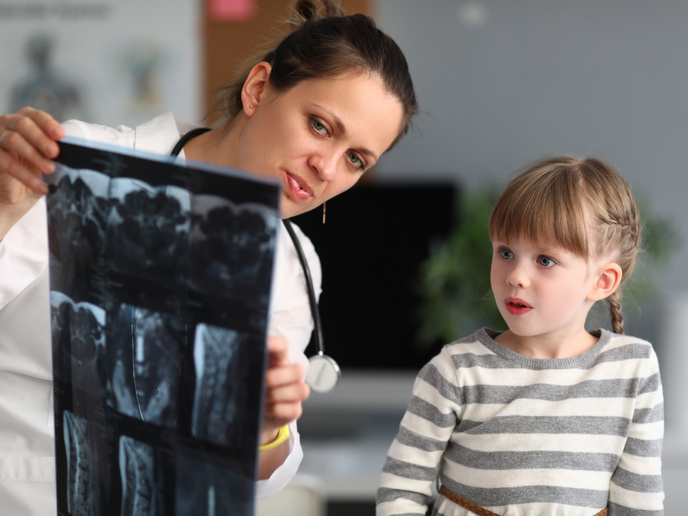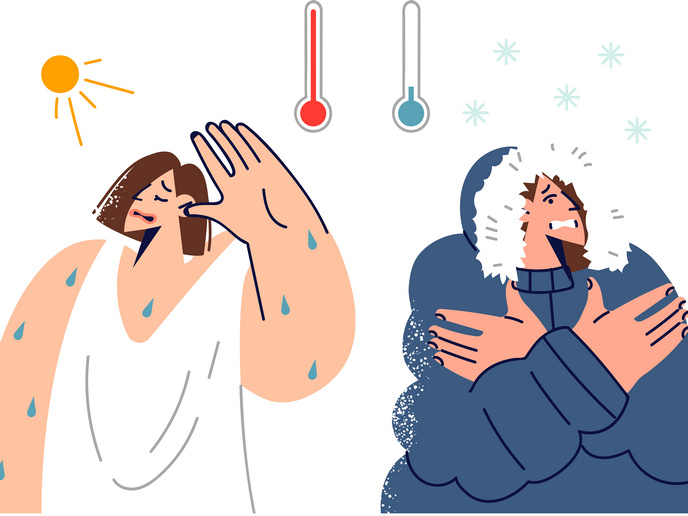Investigating the effects of ionising radiation in children
Diagnostic and therapeutic tools using ionising radiation have led to significant improvements in the survival of children and are therefore essential for efficient healthcare. Yet there are risks associated with radiation-associated medical tools, including the possibility of developing cancer. While the benefits to patients outweigh these risks, the impacts – especially over the long term – require further investigation. In the EU-funded HARMONIC(opens in new window) project, researchers set up cohort studies for the long-term study of European children treated for two life-threatening conditions: cancer and congenital or acquired heart defects. The project aimed to investigate the impacts of early radiation exposure on a range of potential negative outcomes. “In an era of rapid technological development, understanding the long-term effects of modern radiation therapies is essential for integrating them into patient care and follow-up,” explains Isabelle Thierry-Chef(opens in new window), head of the Medical Radiation Group at ISGlobal.
Investigating the impact of radiotherapy
One of HARMONIC’s key objectives was to set up a framework for the long-term follow-up of patients treated with modern radiotherapy. In close collaboration with clinicians, the team developed a database structure to collect data both prospectively and retrospectively. “Within the project’s timeframe, we were able to investigate several outcomes, such as endocrine dysfunction, neurovascular damages and health-related quality of life,” says Thierry-Chef. One major long-term objective that stretches beyond HARMONIC’s lifetime is to assess the risk of second primary cancers, which can emerge years or even decades after the initial cancer diagnosis. This will be pursued by linking HARMONIC’s cohorts with existing national or regional cancer registries.
Establishing cohorts of paediatric patients
HARMONIC successfully established two large cohorts of paediatric patients exposed to ionising radiation, a major milestone in studying its long-term effects. These cohorts complement others, which have linked paediatric computed tomography (CT) scans with an increased risk of leukaemia, lymphoma and brain tumours. “Our cohorts will expand this understanding by assessing health outcomes across a wide range of radiation doses,” notes Thierry-Chef. A key achievement of HARMONIC was the development of advanced software tools to reconstruct and optimise radiation dose delivery to specific organs. “These tools have potential applications not only for researchers but also for clinicians and radiation protection experts, ultimately contributing to improved treatment planning and patient safety,” adds Thierry-Chef. The team also created a unique biobank of blood and saliva samples collected before and after radiation exposure. These biosamples will allow the researchers to identify and validate predictive biomarkers for cancer risk and other adverse health effects, providing deeper insight into the biological mechanisms at play.
Feeding into healthcare
The team’s comprehensive data registry can provide crucial evidence to guide future improvements in radiotherapy, helping to ensure that patients benefit from improved technologies that minimise exposure to healthy organs and enhance their quality of life. In investigating cancer risks following cardiac procedures, the project results will also help to establish reference levels for radiation exposure by procedure type. To further contribute to improved clinical practice, HARMONIC also developed CardioVision(opens in new window), a new training prototype for cardiologists based on augmented reality. “HARMONIC has provided essential tools that should be considered and integrated into patient care and follow-up,” says Thierry-Chef. “For our cohort of cardiac patients, we aim to update follow-up assessments as participants age, allowing us to better quantify potential long-term cancer risks.”







